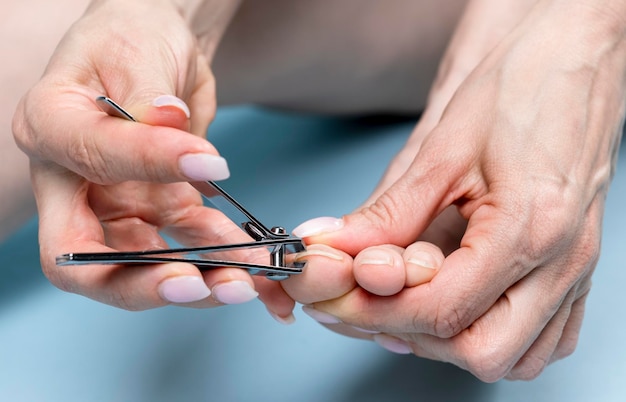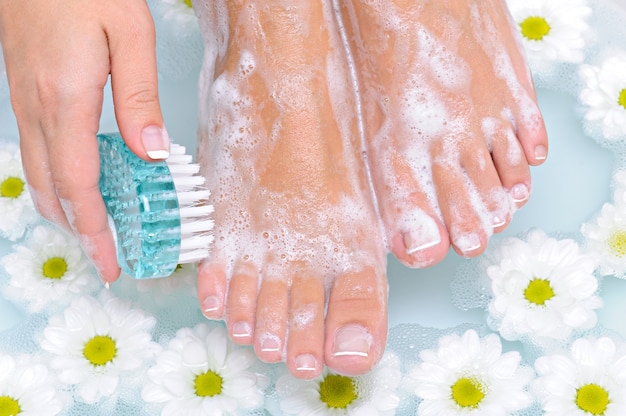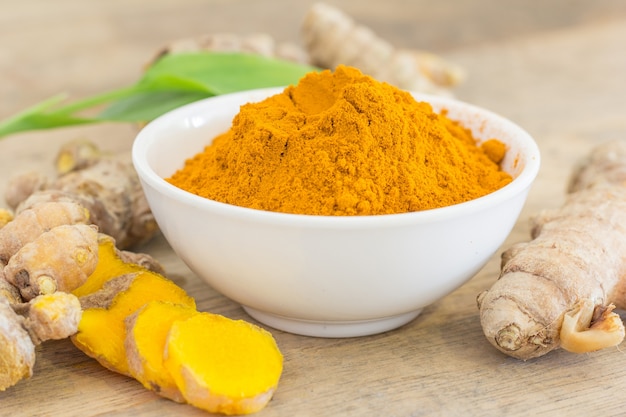Home Remedies for Foot Infection
The foot is a part of the body that is very sensitive to bacteria and viruses. As a result, it is also very prone to injuries and infections. The most common cause of an infection in the foot is poor hygiene. The deepest layers of your skin are called the epidermis. The outermost layer of this is the stratum corneum, which houses your sweat glands and skin cells. Between these two layers is a thin layer of fluid and dead cell material called sebum, which lubricates and protects your feet. If this layer becomes damaged or infected, it can lead to an infection or even a fungal infection. The body's natural defence mechanisms will naturally fight off these infections if caught early on. Still, if not, you could develop a more serious condition such as cellulitis or osteomyelitis (bone infection).
Foot infections are very common. The most common cause of bacterial foot infections is walking barefoot on dirty surfaces or in contaminated shoes. Other causes include:
- Athlete's foot (tinea pedis)
- Sore, chapped or cracked skin around the toes, soles, and heels
- Porous or callused skin that traps moisture and bacteria
- Incorrect footwear, such as flip-flops or sandals
Causes:
Foot infection can happen due to poor personal hygiene, wearing dirty socks or shoes, or even walking barefoot on dirty surfaces. Another cause of foot infection is an injury to the foot. An injury to the sole of your foot can increase your risk of developing an infection in that area because there is more pressure on it when you walk or run.
In addition, unprotected cuts, cuts with bleeding and broken bones can also lead to infections in your feet and other parts of your body, such as your hands and arms. In addition to poor hygiene and injuries, cold weather can make people more susceptible to developing a severe bacterial skin disease called cellulitis (cellulitis). Cellulitis occurs when bacteria enter the skin through minor wounds or cuts on the skin surface.
Home remedies:
Some people get foot infections more often than others, but there are many ways to prevent them from taking place. Here are some home remedies for foot infection:
1) Trim your nails regularly:

This will help prevent you from getting a bad toe fungus or athlete's foot. If you keep trimming your nails, it will also make it easier for you to see any splinters or cuts that may be causing an infection at home.
2) Keep your feet clean:

Foot infections are usually caused by bacteria and fungi, which thrive on dirty feet and poor hygiene levels. Therefore, you should wash your feet with warm water and soap daily to keep them clean and dry them after washing so that they don't get sweaty (which can lead to more bacteria). You should also use antibacterial hand gel when washing your hands, which will help prevent the spread of bacteria. After washing you can use some chemical-free antiseptic powder like Dr Foot’s antibacterial and antiseptic foot powder that soothes the itching and burning sensation and helps treat diabetic ulcer.
3) Tea Tree oil:

One of the most effective home remedies for foot infection is applying tea tree essential oil. It contains antifungal and antiseptic properties that promote healing without leaving any side effects on your skin. You can apply the tea tree oil directly in the affected area twice a day. If you have sensitive skin, here are some options for you to apply tea tree oil:
- Mix a few drops of tea tree oil with Epsom salt soak.
- Mix tea tree oil with any carrier oil (Coconut, Sweet Almond, Olive oil) and massage your feet
- Mix a few drops of tea tree oil in any foot mask.
- Mix 15 drops of tea tree oil with hot water and make yourself a comfortable homemade foot spa.
4) Apple cider vinegar:

This beverage has a reputation for weight loss and flushing out toxins. But it can also be a wise pick to eliminate skin infections. Apple cider vinegar contains antifungal and antimicrobial properties that ease skin infection and irritation. Mix two tsp of Apple Cider Vinegar in warm water. Dip a cotton ball and apply the mixture to the infection. Repeat this process thrice a day to get effective results.
5) Turmeric:

Since the Vedic era, Turmeric has been one of the most integral parts of Ayurvedic treatments. It contains antiseptic, antimicrobial and anti-inflammatory properties; it's a complete multitasker. This spice contains an active compound, curcumin, which promotes wound healing and even reduces cancer risk. Mix some turmeric powder with water, prepare a thick paste, and apply it on the affected area.
6) Garlic:

This ingredient might be your favourite for adding rich flavours to the meal, but it also has a lot of health benefits. Garlic is an antimicrobial and antifungal ingredient. Crush a couple of garlic cloves and mix with olive oil. Apply it to the affected area and wash it after 30 minutes.
7) Vitamin C:

You can incorporate Vitamin C in your food and skincare regime. Most of the time, easy hacks for skin don't work if we keep eating unhealthy food. Vitamin C contains Ascorbic acid that boosts our immune system and protects our body from infection.









